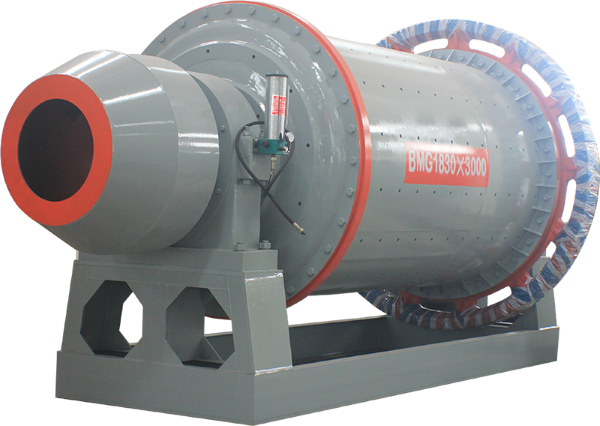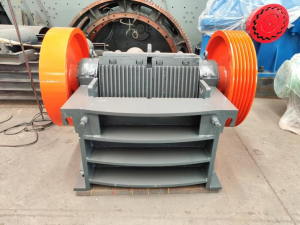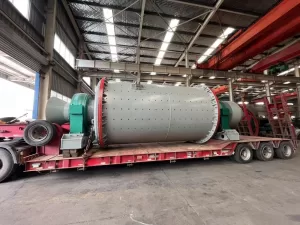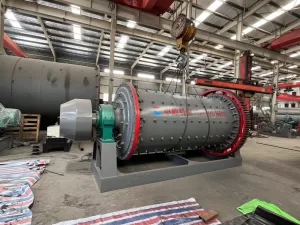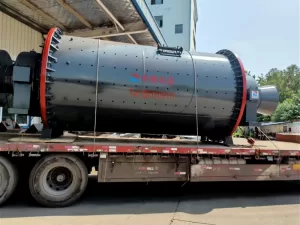Zircon Ball Mill, Zircon Grinding Process
Zircon, also known as zirconium orthosilicate, is a common zirconium-bearing mineral used in various industries. To improve the purity of zirconium, the ore needs to be ground and undergo beneficiation. The grinding process of zircon involves choosing the right equipment and achieving the desired particle size.
When selecting a zircon ball mill, the following factors should be considered:
- Particle Size Requirements: The particle size of zircon powder used for ceramics, refractories, and special ceramics should meet specific requirements. For example, ceramic glaze usually requires a particle size of d50≤1.5~2μm and d97≤5~6μm, while high-performance ultrafine zirconium silicate requires a particle size of d50<1.2μm and d97≤3μm.
- Mohs Hardness: Zircon has a high Mohs hardness, which can cause wear and tear on the equipment or grinding media. Therefore, it is important to choose equipment that is resistant to abrasion and non-ferrous grinding media.
The grinding process for zircon commonly involves wet or dry methods. In the wet process, rotary cylinder ball mills, stirring mills, or sand mills are typically used. Today, larger-scale zircon processing plants mostly employ wet ball mills or stirred mills when the product size requirements are d50 <1.2μm and d97 ≤3μm.
The production process for ball mills typically includes the following steps:
- Zircon Concentrate: Zircon ore is processed into zircon concentrate.
- Ball Milling: Zircon concentrate is subjected to ball milling to achieve the desired particle size.
- Centrifugal Classification: The slurry produced after ball milling is classified using a horizontal spiral discharge sedimentation centrifuge.
- Flocculation and Concentration: The fine-grained product undergoes flocculation and concentration processes.
- Drying: The concentrated product is dried using spraying, fluidized bed, or flash drying methods.
After centrifugal classification, the coarse-grained products can either be returned to the ball mill for further grinding with new feed material or undergo separate ultrafine grinding. The ball mill is operated in batch mode.
In the stirring mill processing flow, interstitial, circulating, or tandem types are commonly used. The stirred mill process does not involve centrifugal grading after setting the appropriate grinding concentration, dispersant dosage, suitable media size ratio, and grinding time. Some processors use pre-grinding with a ball mill or vibratory mill to shorten the grinding time of the stir mill and improve production efficiency and yield. Yttrium-stabilized zirconia grinding beads are often used in the processing of ultrafine zircon powder with a stirring mill to ensure high hardness and avoid contamination of the final product.
Dry grinding of zircon is generally done using a zircon ball mill combined with a classifier process. The ball mill is lined with non-metallic wear-resistant materials, and zirconium silicate or natural quartz high-silica pebbles are used as grinding media. The air flow mill production process is generally not used due to its low production capacity.
By following these processes, zircon can be ground efficiently to achieve the desired particle size for various applications.
 Zoneding Machine
Zoneding Machine












